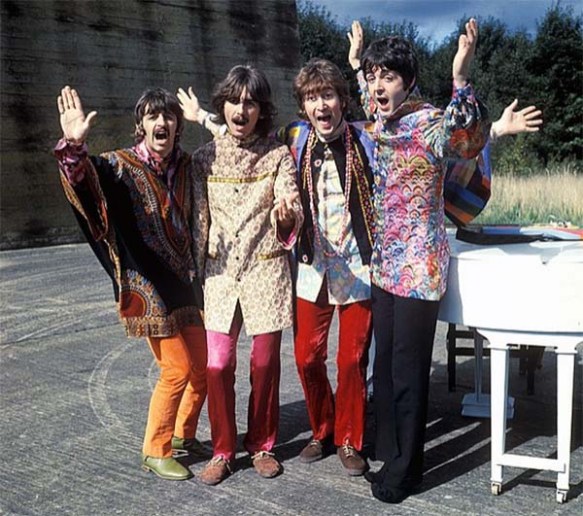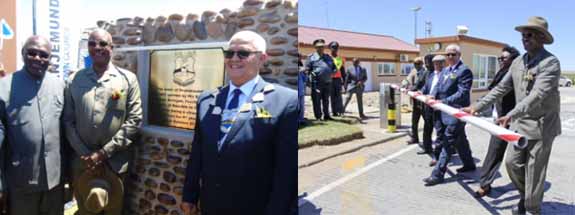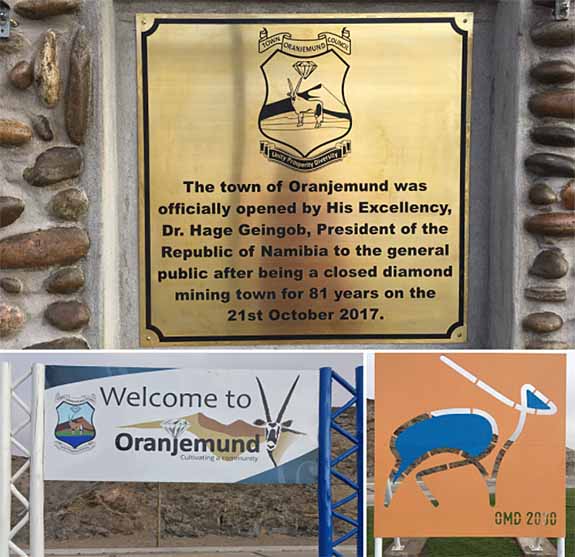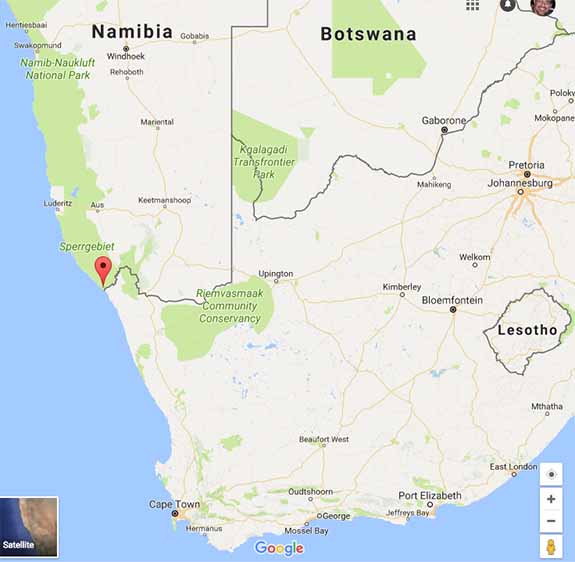Welcome to Music Friday when we bring you fantastic throwback songs with jewelry, gemstones or precious metals in the lyrics or title. Today, we deliver the inside scoop on one of the most famous — and controversial — diamond songs of all time. It's been 50 years since The Beatles released "Lucy In The Sky With Diamonds," a psychedelic song that stirred a media frenzy over what appeared to be a not-so-subtle reference to drugs. The evidence: the first letter of each of the title nouns spells "LSD."

Even though the LSD debate persists today, the song's co-writer John Lennon had debunked the drug ties to Lucy and her diamonds during a 1971 appearance on The Dick Cavett Show. The song, it turns out, was innocently inspired by a kid's drawing.
Lennon told the host, "My son came home with a drawing of a strange-looking woman flying around. He said, 'It's Lucy in the sky with diamonds.' I thought, 'That's beautiful.' I immediately wrote the song about it."
Lucy, it turns out, was a classmate of three-year-old Julian Lennon at the private Heath House School in the UK. Lucy O'Donnell (later Lucy Vodden) told the BBC in 2007 that she remembered "doing pictures on a double-sided easel, throwing paint at each other, much to the horror of the classroom attendant."
Noted Julian, "I don't know why I called it [Lucy In The Sky With Diamonds] or why it stood out from all my other drawings, but I obviously had an affection for Lucy at that age. I used to show Dad everything I'd built or painted at school, and this one sparked off the idea."
Co-writer Paul McCartney said the song's fantastical imagery is a nod to Lewis Carroll's Alice in Wonderland books.
McCartney told an interviewer, "We did the whole thing like an Alice In Wonderland idea, being in a boat on the river... Every so often it broke off and you saw Lucy in the sky with diamonds all over the sky. This Lucy was God, the Big Figure, the White Rabbit."
"Lucy In the Sky With Diamonds" was released as the third track from wildly successful Sgt. Pepper's Lonely Hearts Club Band album, which spent 15 weeks at #1 on the Billboard 200 chart and eventually sold more than 32 million copies worldwide. Rolling Stone magazine ranked the album #1 on its list of the "500 Greatest Albums of All Time."
The Beatles remain the best selling band in history with an estimated 800 million albums sold worldwide.
Trivia: In 2004, astronomers at the Harvard-Smithsonian Center for Astrophysics named a white dwarf star "Lucy" as a nod to The Beatles' song because they believe the super-dense star is made primarily of diamond. Previously known as BPM 37093, the star is said to be a chunk of crystallized carbon (diamond), weighing 10 billion trillion trillion carats.
Please check out the audio track of The Beatles performing "Lucy In The Sky With Diamonds." The lyrics are below if you'd like to sing along...
"Lucy In The Sky With Diamonds"
Written by John Lennon and Paul McCartney. Performed by The Beatles.
Picture yourself in a boat on a river
With tangerine trees and marmalade skies
Somebody calls you, you answer quite slowly
A girl with kaleidoscope eyes
Cellophane flowers of yellow and green
Towering over your head
Look for the girl with the sun in her eyes
And she's gone
Lucy in the sky with diamonds
Lucy in the sky with diamonds
Lucy in the sky with diamonds
Ah
Follow her down to a bridge by a fountain
Where rocking horse people eat marshmallow pies
Everyone smiles as you drift past the flowers
That grow so incredibly high
Newspaper taxis appear on the shore
Waiting to take you away
Climb in the back with your head in the clouds
And you're gone
Lucy in the sky with diamonds
Lucy in the sky with diamonds
Lucy in the sky with diamonds
Ah
Picture yourself on a train in a station
With plasticine porters with looking glass ties
Suddenly someone is there at the turnstile
The girl with the kaleidoscope eyes
Lucy in the sky with diamonds
Lucy in the sky with diamonds
Lucy in the sky with diamonds
Ah
Lucy in the sky with diamonds
Lucy in the sky with diamonds
Lucy in the sky with diamonds
Ah
Lucy in the sky with diamonds
Lucy in the sky with diamonds
Lucy in the sky with diamonds
Credit: Image by Parlophone Music Sweden [CC BY 3.0], via Wikimedia Commons






